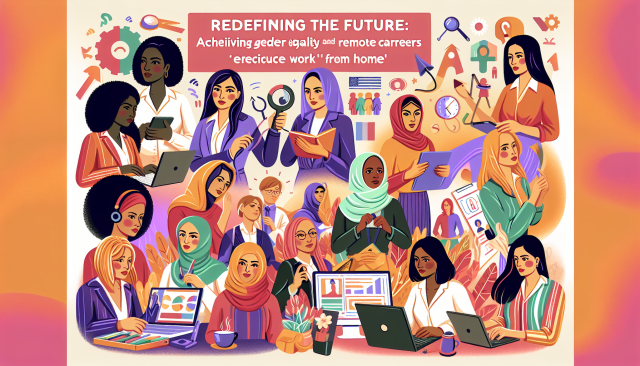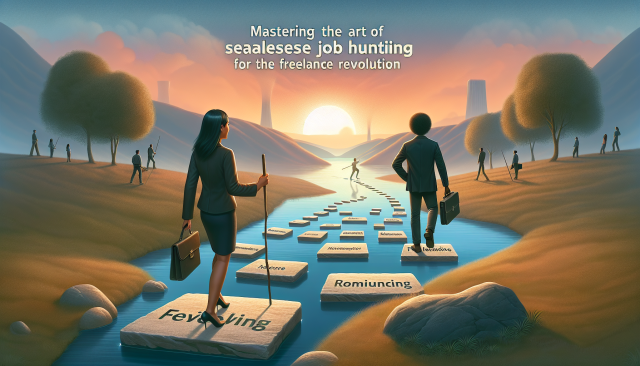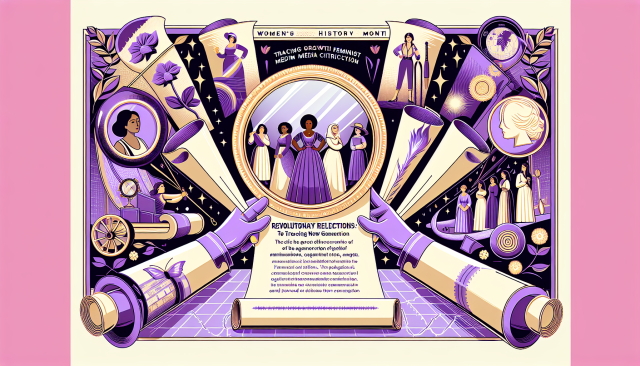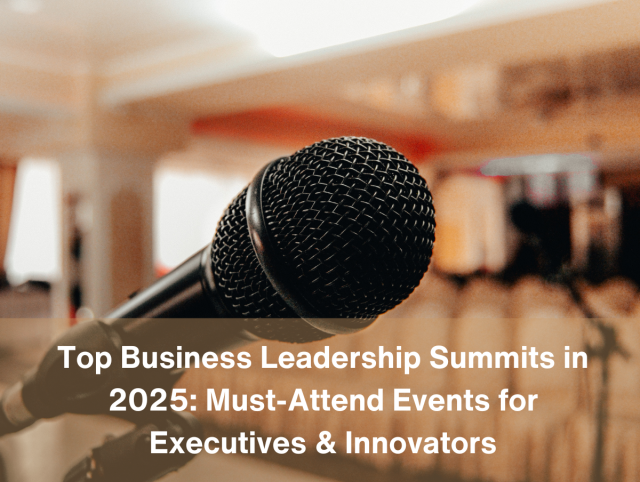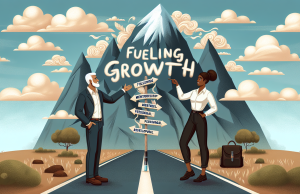Redefining the Future: Achieving Gender Equality and Embracing Remote Careers
In the evolving landscape of work, one of the most pressing discussions revolves around two significant themes: gender equality and remote careers. As we celebrate International Women’s Day, its essential to delve into how these elements intertwine and shape the future of work-life balance for leading professionals.
The traditional workplace has long been a reflection of societal norms, where gender roles were often rigidly defined. However, as we stand at the cusp of a transformative era, gender equality is no longer a distant aspiration but an impending reality that forward-thinking organizations are actively pursuing. This shift is driven by a recognition that diverse teams are not just fairer but also more effective. Studies consistently show that companies with gender-diverse leadership are more innovative and financially successful.
The rise of remote work has further accelerated this change, offering a unique opportunity to redefine professional dynamics and power structures that have historically favored one gender over another. Remote careers, once seen as secondary options, have now become front and center, shifting the paradigm of work-life integration. This shift is particularly impactful for women, who have historically faced challenges in balancing professional aspirations with personal responsibilities.
Remote work dismantles many of the barriers that have impeded women’s full participation in the workforce. It offers flexibility, reduces commute times, and allows for a more personalized approach to work, which can lead to increased productivity and job satisfaction. For organizations, this means tapping into a broader talent pool that is not limited by geographical boundaries or constrained by traditional working hours.
However, achieving true gender equality in remote work requires more than just access to flexible working conditions. It demands a cultural shift within organizations that values contributions without bias, supports career advancement through equitable policies, and measures success through outcomes rather than hours spent in an office.
Leadership plays a crucial role in cultivating an environment where diversity and inclusion are prioritized. Encouraging mentorship programs, fostering open dialogues about career development, and implementing unbiased evaluation processes are essential steps towards equality. Furthermore, embracing technology in a way that ensures all voices are heard and valued in virtual spaces is vital.
Looking forward, the future of work is undeniably tied to these transformative elements. As we embrace remote careers and strive for gender equality, we are not merely reacting to current trends but proactively shaping a world where success is accessible to all, regardless of gender. As leading professionals, it is our responsibility to pave the way for this futureone where work-life balance is not a privilege but a standard, and where the workplace is a reflection of a diverse, inclusive, and equitable society.
On this International Womens Day, let us commit to fostering environments that champion equality and embrace the potential of remote careers. By doing so, we not only honor the progress made but also inspire future generations to dream without limitations and succeed on their terms.
















